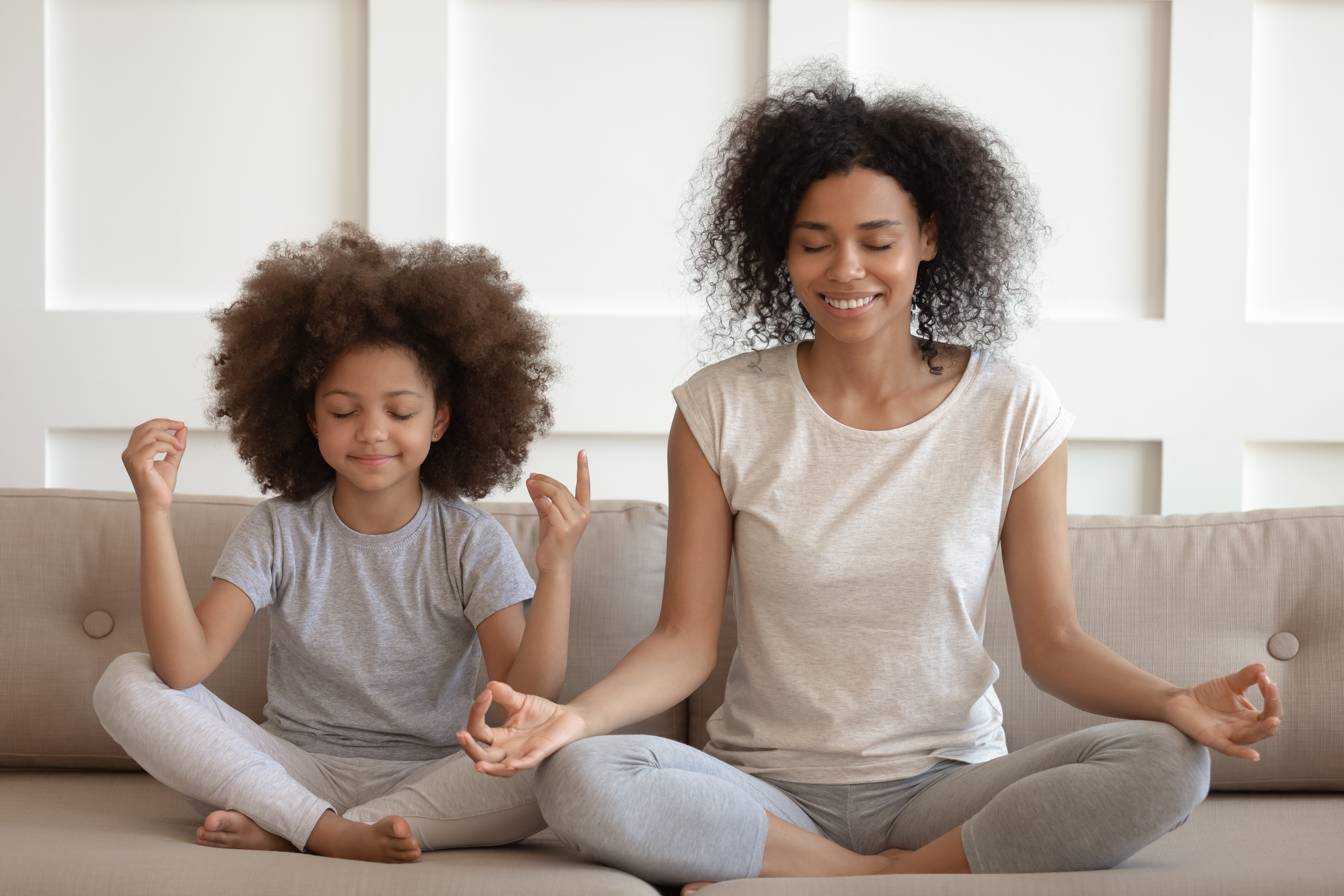
You’ve no doubt read about the wonders of mindfulness practice, you’ve possibly even taken steps to cultivate one for yourself. After all, who couldn’t use a little centering these days? But did you know that there is a growing body of research that shows there are actually amazing benefits of mindfulness for children, too?
Although adding one more thing to your family’s already hectic life may sound like the antithesis of a mindful strategy; take a deep breath in, calm your mind, and check out these practical tips for helping your child practice mindfulness.
What is Mindfulness and What are the Benefits for Kids?
First things first, what is mindfulness for children? Mindfulness means being aware of your thoughts, feelings, body, and surroundings in the moment without passing judgment on those things. In adults, practicing mindfulness is associated with a plethora of benefits including improved sleep quality, a boosted immune system, an increase in happiness and decrease in stress and depression, improved memory, enhanced relationships, a healthier sense of self, decreased bias, and more.
The research shows that teaching mindfulness to kids can be just as impactful. Studies have found that kids who learn mindfulness have fewer behavior issues, greater self-regulation, are happier, and have an increased attention span. Research shows teens who practice mindfulness can reduce their stress and depression levels and increase their self-compassion.
How Do I Teach My Child to Be Mindful?
Mindfulness is often thought to be synonymous with meditation or yoga, both of which are greatly beneficial for kids, but there are actually a lot of ways to practice mindfulness for children. Here are three easy ways you, as a parent, can help your child cultivate mindfulness.
Practice Mindfulness Through an App
Of course there is an app for that! And if your kid is like most kids, they will do anything to play a game on your phone. So download a mindfulness app like "Mindful Powers," "Breath, Think, Do with Sesame" or "Headspace" and hand over your device without guilt!
Make Your Activity Mindful
Sitting still can be hard for a lot of kids, so why not take your mindfulness practice on the road? Find an activity that your child already enjoys and give it a mindfulness spin.
If your kid likes nature, take a mindful hike and have them talk to you about the things they notice in their environment- the sounds, the smells, the colors, etc. Does your child love swimming? The next time they are swimming laps in the pool have them focus on the rhythm of their breathing, the feel of the water on their skin. Have a budding artist? Working with clay requires concentration and is a wonderful way to focus on textures and form.
Read a Mindfulness Book Together
Luckily for you, mindfulness for children is an idea lots of people are coming around to, which means there are a bunch of great books on mindfulness for children that can help you introduce the idea to your kid. Picture books like Alphabreaths: The ABCs of Mindful Breathing by Christopher Williard and Daniel Rechtscaffen and A World of Mindfulness by Erin Alladin are perfect for younger children.
For older kids, try a book like Be More Yoda: Mindful Thinking from a Galaxy Far Far Away by Christian Blauvelt or This Moment Is Your Life (and So Is This One): A Fun and Easy Guide to Mindfulness, Meditation, and Yoga by Miriam Gates.
Make Mindfulness a Family Practice
If you’ve ever tried to start and stick with a mindfulness practice, you know that it takes just that- practice. With a world full of distractions, living in the moment is not easy to do. So why not give your children a head start on their path to mindful living? With the myriad of benefits of mindfulness for children and adults, making mindfulness a family practice is a perfect way to give your child tools for their future while allowing you all to focus on (and enjoy) the present.



